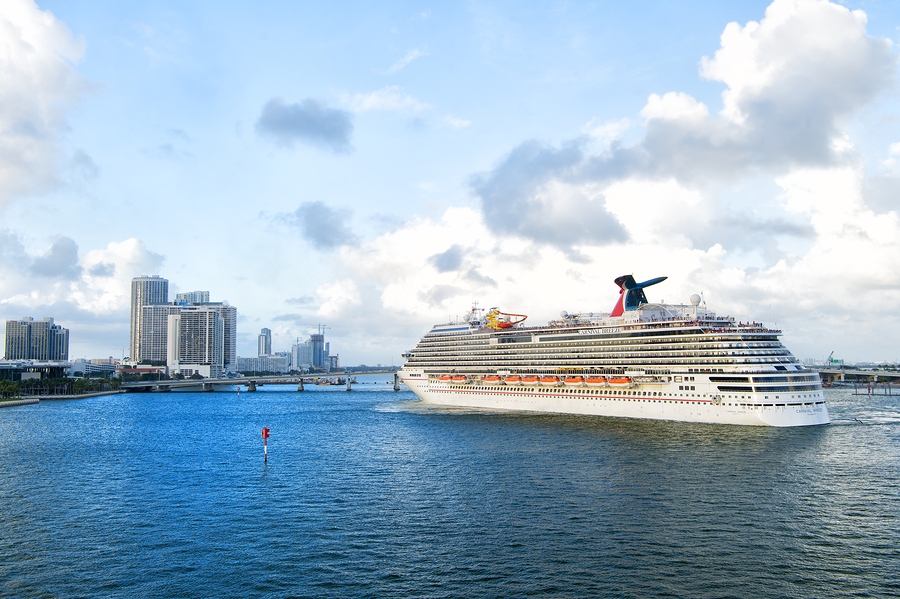USCG Cruise Ship National Center of Expertise (CSNCOE) has shared the most common Port State Control inspection deficiencies found in 2016 on-board cruise vessels in an effort to highlight areas that should be focused upon.
In 2016 USCG conduction 294 cruise ship examinations of which 3 resulted in a detention.
The top five deficiency areas identified on cruise ships were:
1.Fire screen doors not operating properly
Fire screen doors were found to have damage to the sequencing bars, damage to the doors themselves or not closing properly (either too fast or too slow or were not latching completely) 74 SOLAS (14), II-2/9.4.1.1.5
2.Impeding means of escape
Corridors, doors and hatches in areas designated as escape routes were found to be either partially or completely blocked. Doors in some instances were locked, without the ability to defeat the lock, preventing passage in the direction of escape. 74 SOLAS (14), II-2/13.3.2
3. Low location lighting
Low location lighting or photoluminescent tape was found to be missing or inoperable. 74 SOLAS (14) II-2/13.3.2.5
4. Fire suppression systems
Various deficiencies were found in fire suppression systems. Sprinkler heads/ water mist nozzles were found, damaged or completely missing. Other issues included failed couplings. 74 SOLAS (14) II-2/ 14.1.1
5. Piping insulation
There were several deficiencies issued for leaking piping systems, which led to fuel soaked insulation lagging. 74 SOLAS (14) II-1/26.1
Whilst deficiencies with ‘Watertight Doors and Categorization of Spaces’ dropped out of the top 5 in 2016, there were still deficiencies issued in these areas and USCG cautions that crews should always be remedying any areas of the vessels that are not in good working order in accordance with their Safety Management System (SMS). A record of any action taken should be maintained as evidence that the SMS is being used effectively in conjunction with all routine maintenance.































